The world has changed significantly in the past 100 years, and this is especially true for women. It’s easy to tell in photographs how different women’s clothing was during the early 1900s. At the time, it wasn’t even considered proper for women to wear pants. However, how women dressed during that time is only one of the differences in what life was like for women 100 years ago.
The 19th Amendment, which gave women the right to vote, was ratified in 1920, but many minority women were still unable to vote for years. Women at that time also couldn’t join the military and they often faced discrimination in the workplace.
During World War I, women took on a lot of the positions that were predominately held by men before the war. Nearly 5 million American men fought in WWI, which led to women taking jobs in industries like manufacturing to replace the men who were gone.
After the war ended in 1918, women had more opportunities in society and started taking different jobs. One of the positions women took over was the role of telephone operators. A hundred years ago, there were over 100,000 female telephone operators and that number grew to over 200,000 by 1930.
Even though life was difficult for women in many ways a hundred years ago, it’s interesting to look back and see how much has changed.
To portray what life was like for women 100 years ago, 24/7 Tempo used photos and information from sources such as History.com, Reader’s Digest, and PBS. (To see more pictures of what life was like 100 years ago, check out 20 photos that show what life was like in the 1920s.)
Servants Often Worked for Little Pay
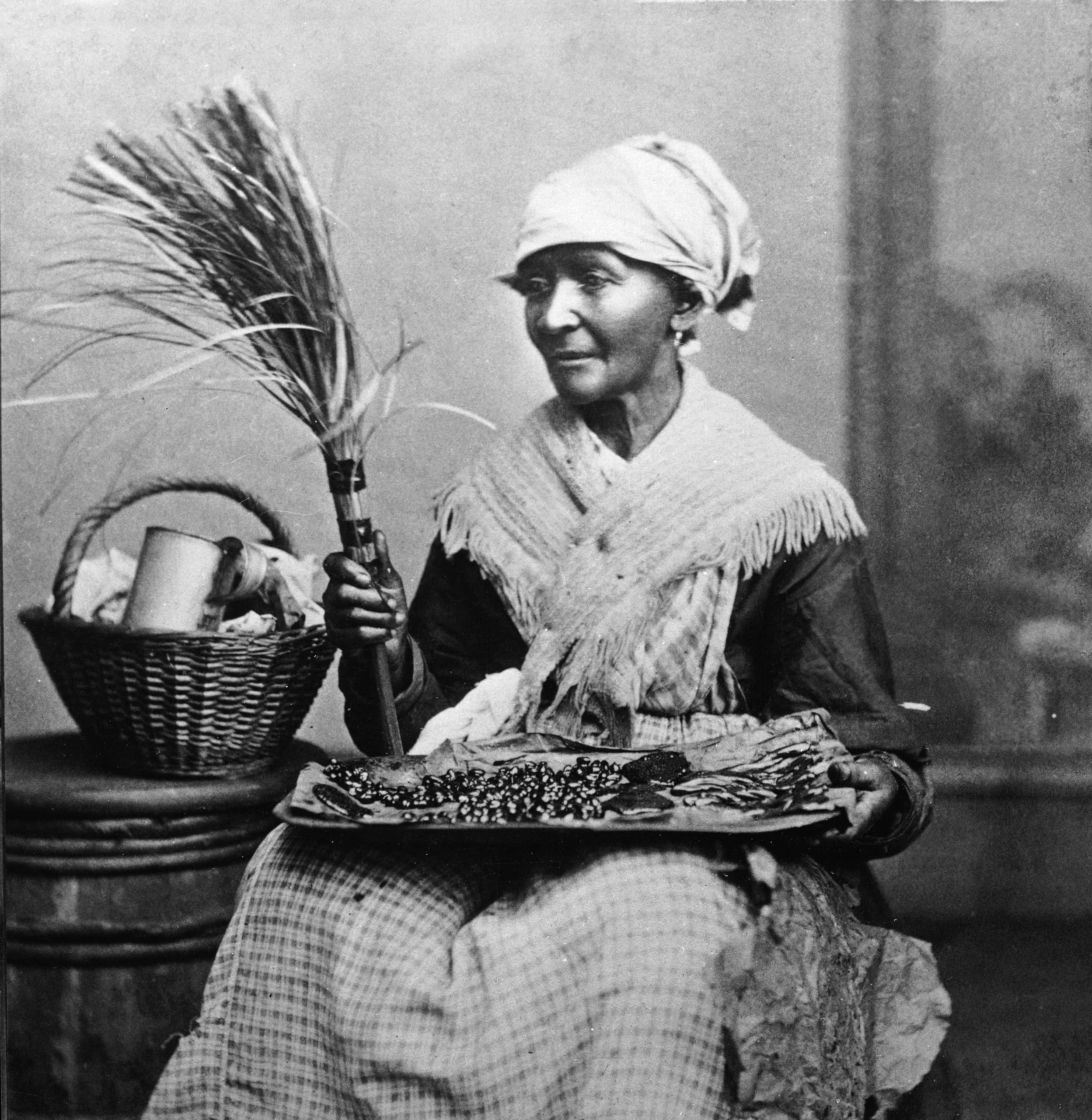
Portrait of a female servant holding a serving tray and a broom, 1920s. (Photo by Hulton Archive/Getty Images)
While wealthy families tended to pay more, many servants in the 1920s worked for little or sometimes no pay. Those who worked for no pay often worked in exchange for a place to live.
Upper-class Families Hired Maids to Help with Children and Housework
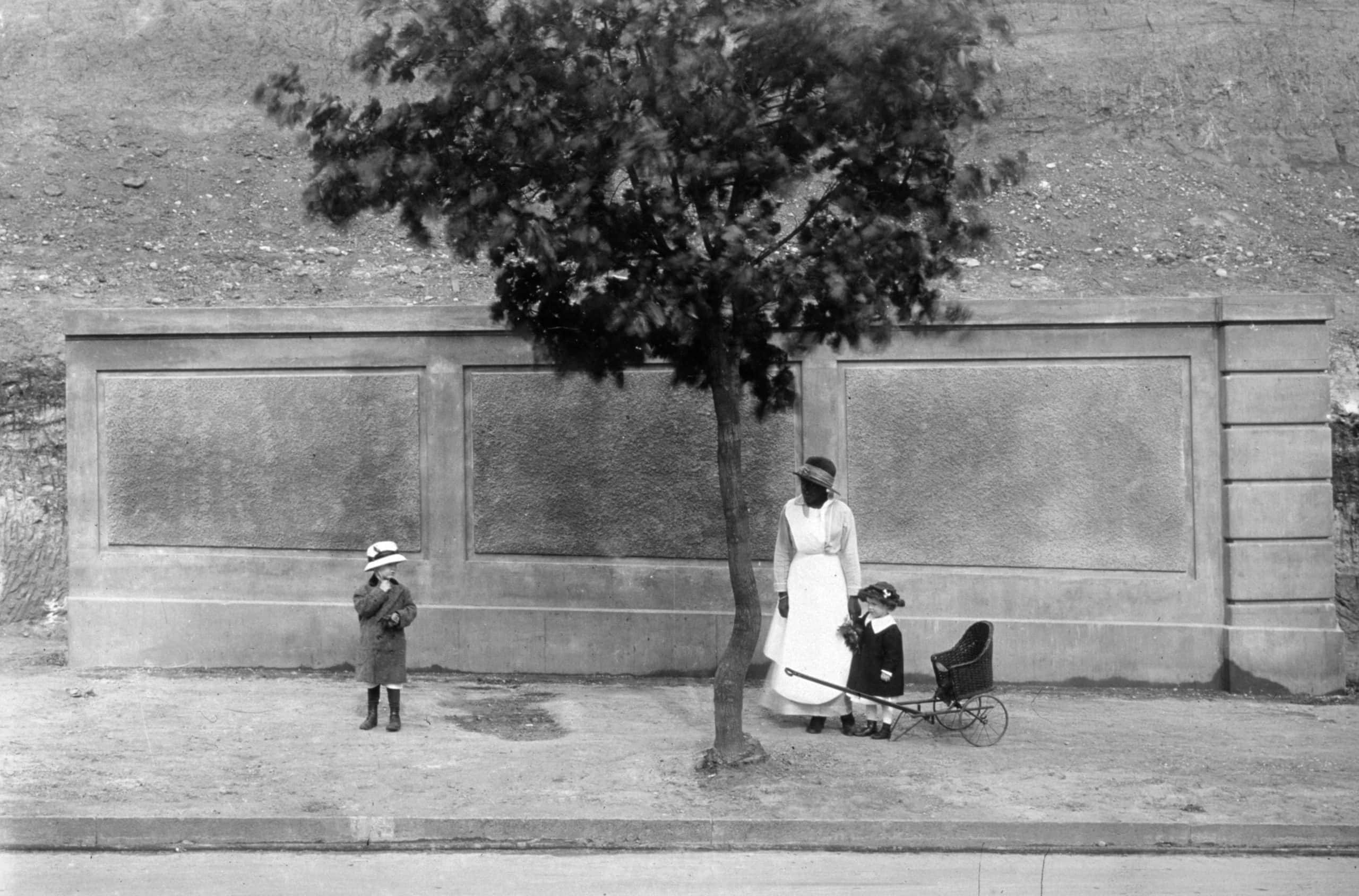
Maids and domestic staff started to become less common by the 1930s, but some middle and upper-class families in the 1920s still hired maids to help around the house and assist in raising the children.
Women Worked at Officers’ Clubs
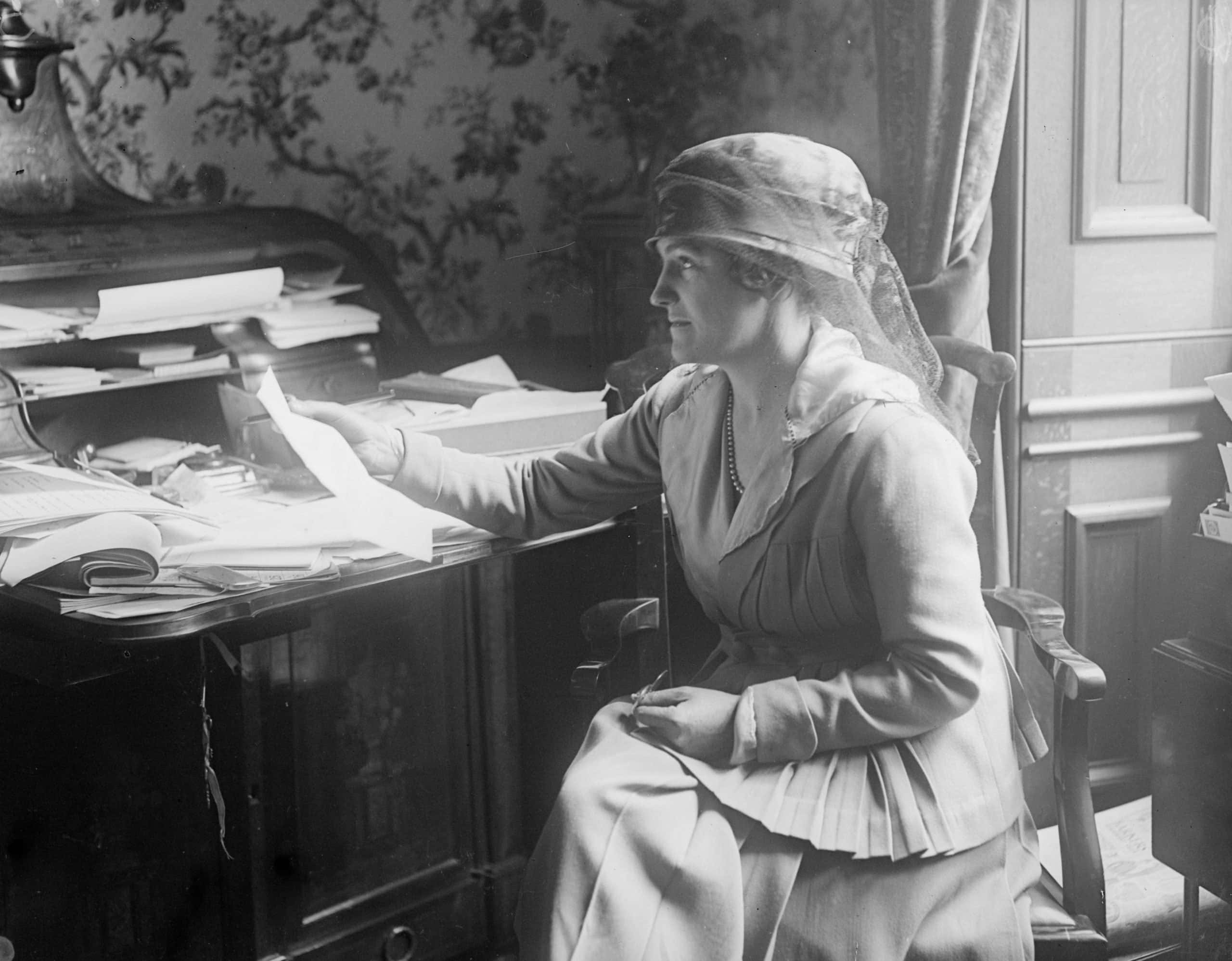
In the 1920s, former officers from the Armed Forces could go to the club to socialize. Some women worked in these clubs, like the woman pictured here working as a business secretary.
Some Women Still Used Spinning Wheels
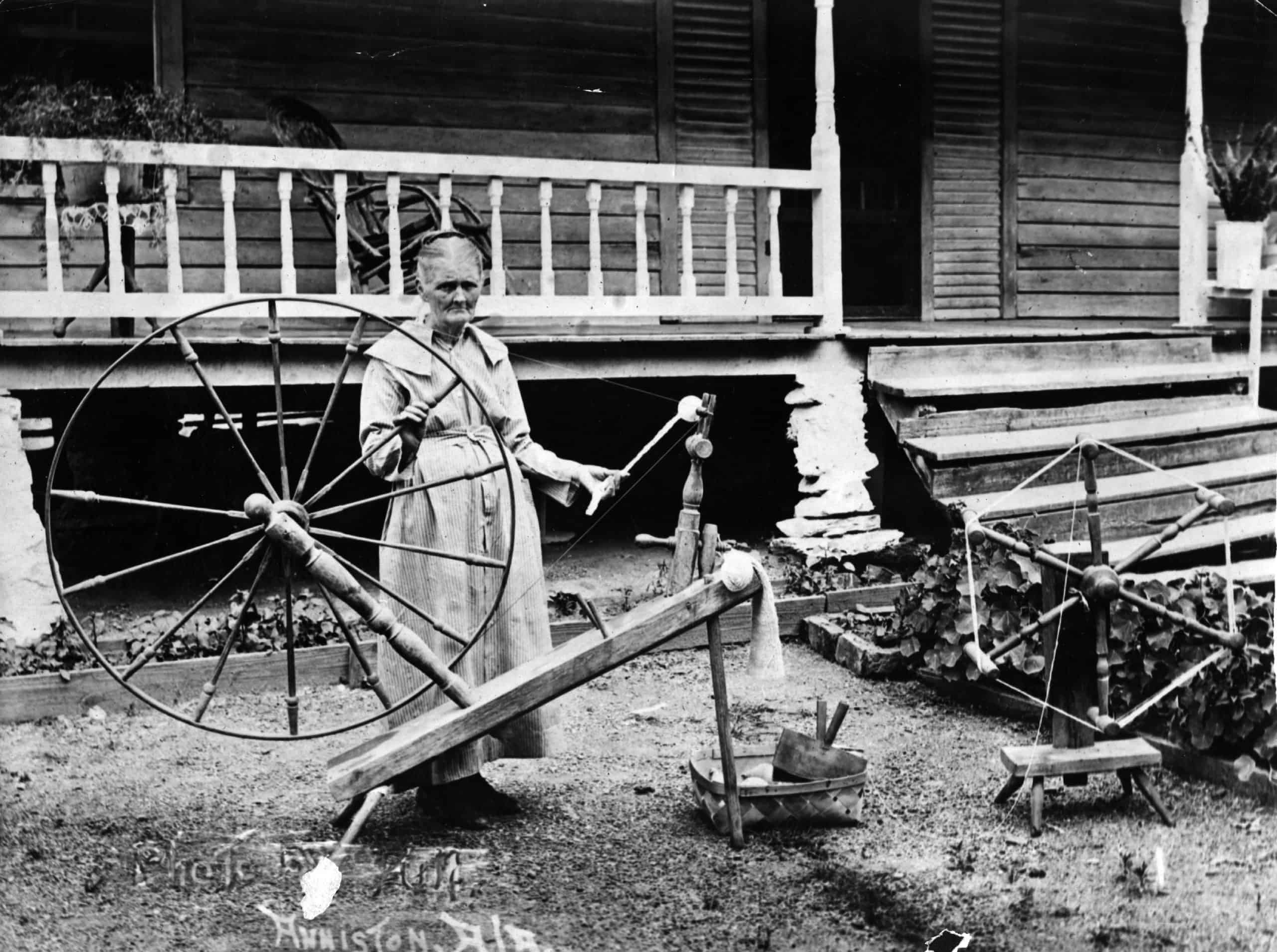
Before you could run to the store to buy cloth or yarn, women used spinning wheels to create their own. By the 1920s, yarn had become more widely available but many women continued to use spinning wheels.
Women Participated in Beauty Pageants
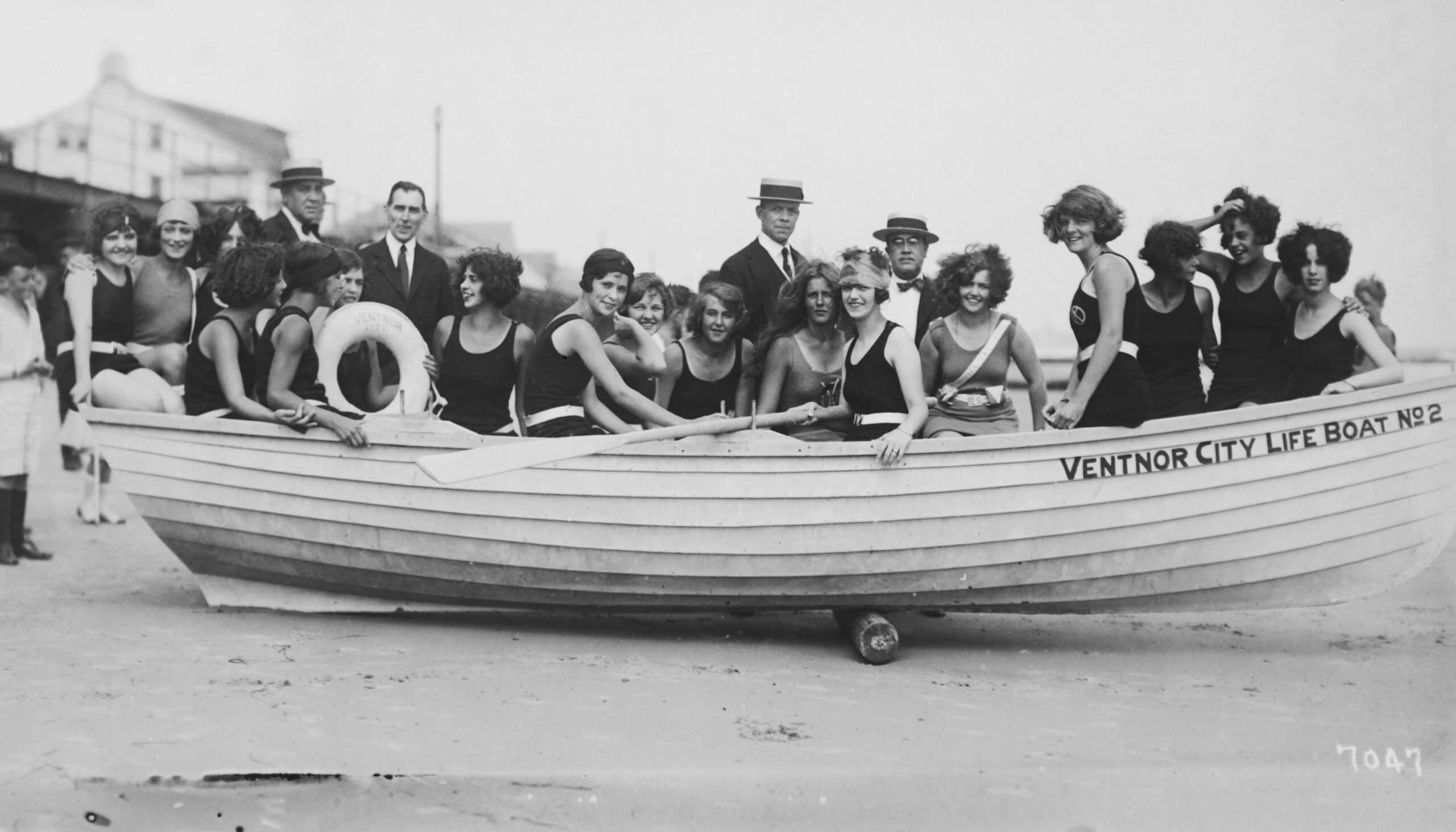
Beauty pageants have existed since at least the mid-1800s. However, the first Miss America beauty pageant was held in Atlantic City in 1921 as a way to attract tourists.
The Demand for Women Working in Factories Increased
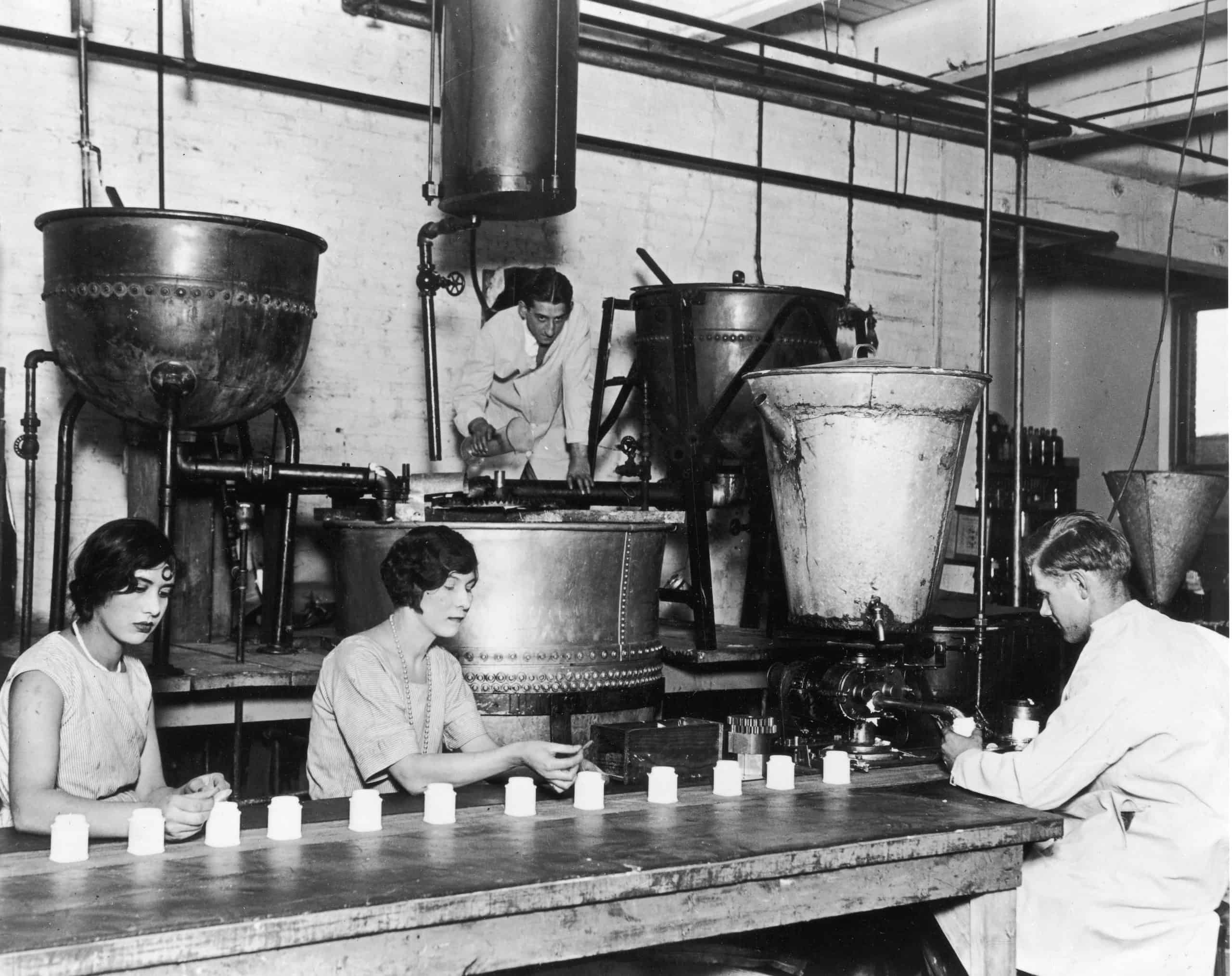
More women started working in factories during World War I. Since the factories were a necessary part of war production, women had to take over many positions previously held by men. Even after the war, women continued to work in factories.
Women Worked in Cotton Mills
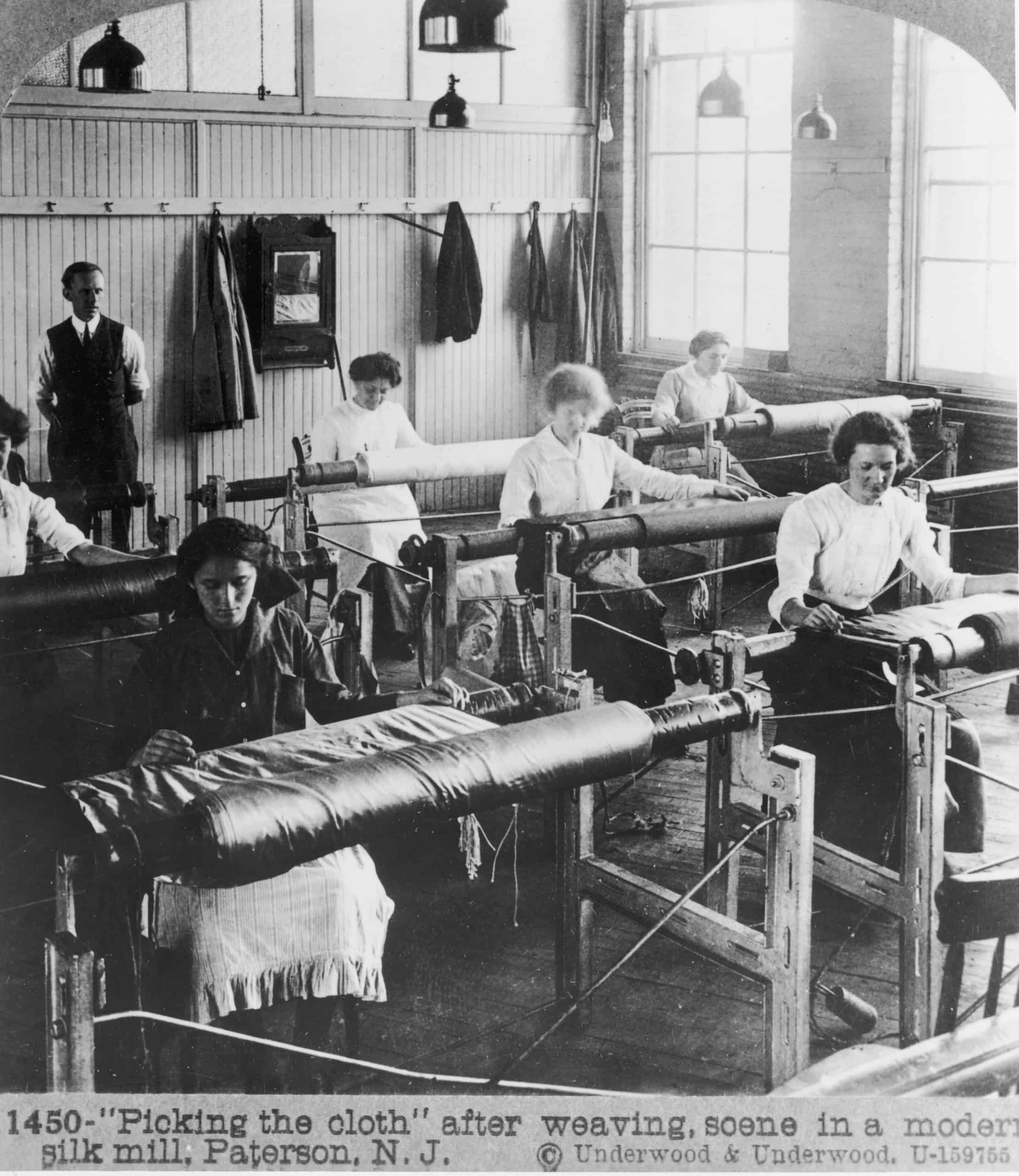
Another common job for women 100 years ago was working in a mill. These women typically worked at least 12 hours a day and those that had children left their children in a nursery or with a relative while they worked.
Women Started Working in the Insurance Industry
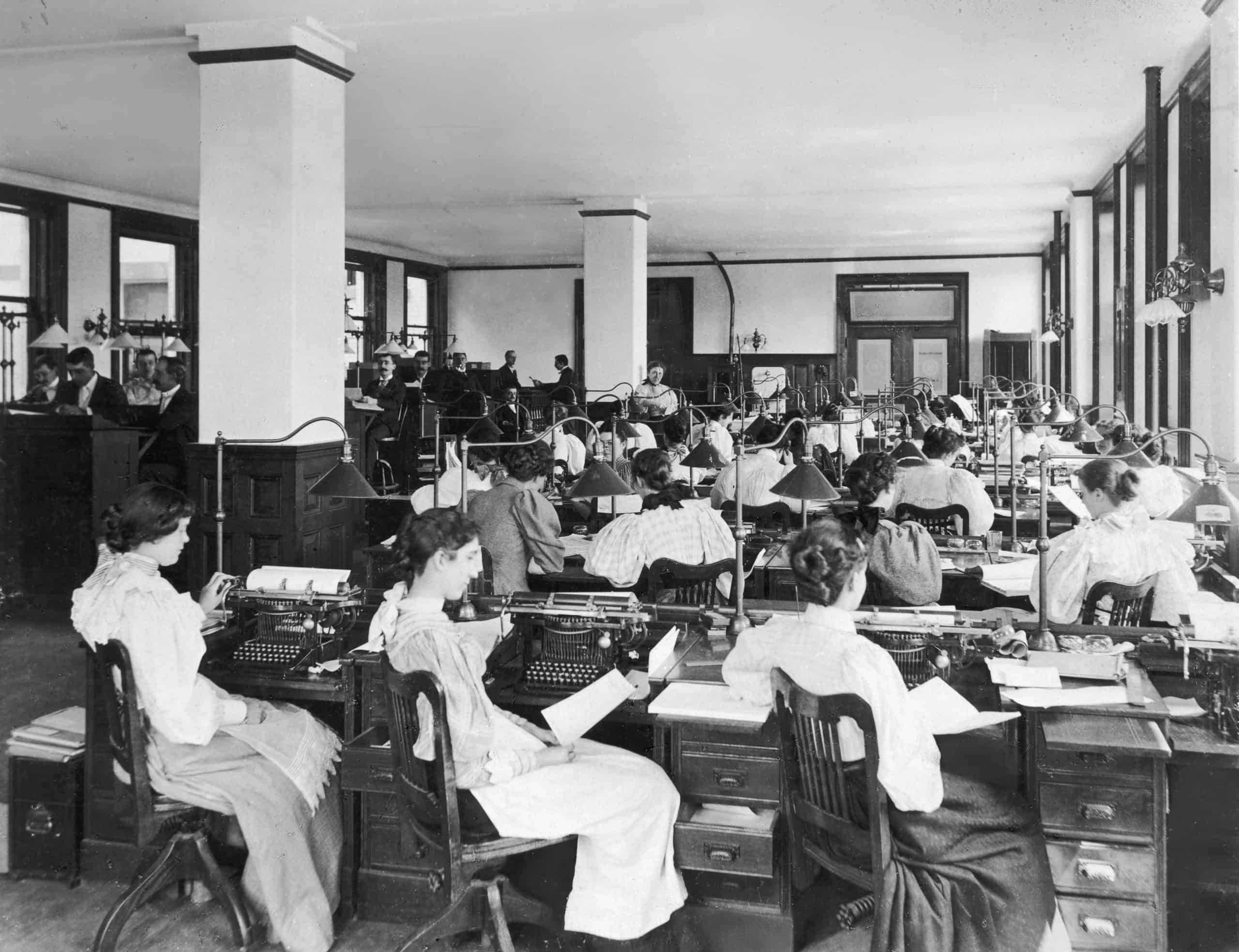
Although women in the insurance industry in the 1920s didn’t hold the same positions as men, many started working as stenographers or bookkeepers. They also worked other clerical-type jobs.
Women Worked in Ordnance Stores

The Ordnance Department of the U.S. Army is the branch that supplied and maintained weapons and ammunition. This department was the first to organize a women’s branch within the federal government.
Women Worked in Welding
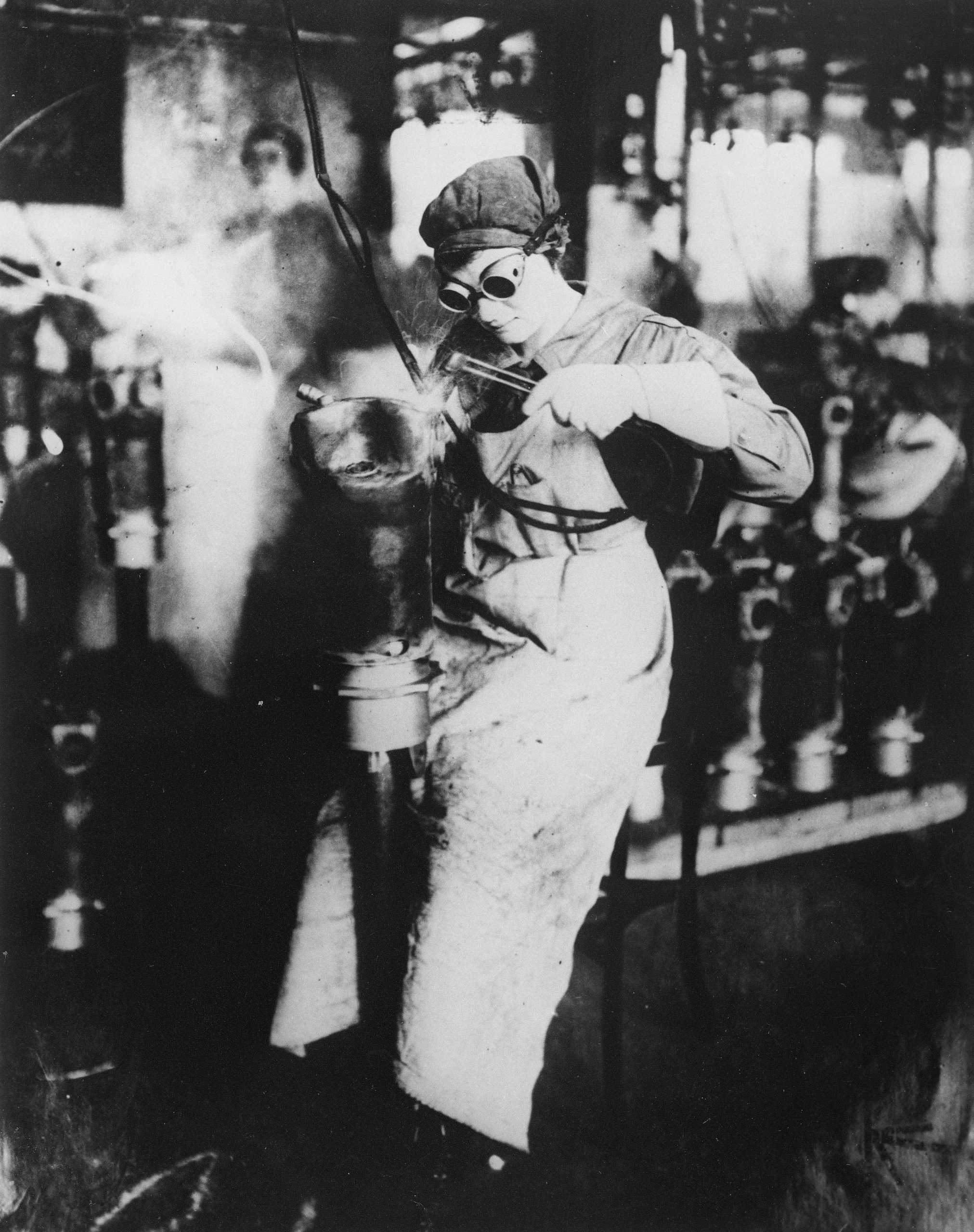
There has been an increase in women in the welding industry in recent years, but women have worked in welding for quite some time. It was particularly common during World War II, but even before the war, some women worked in welding factories.
The Number of Women Working in Ordnance Increased During the War
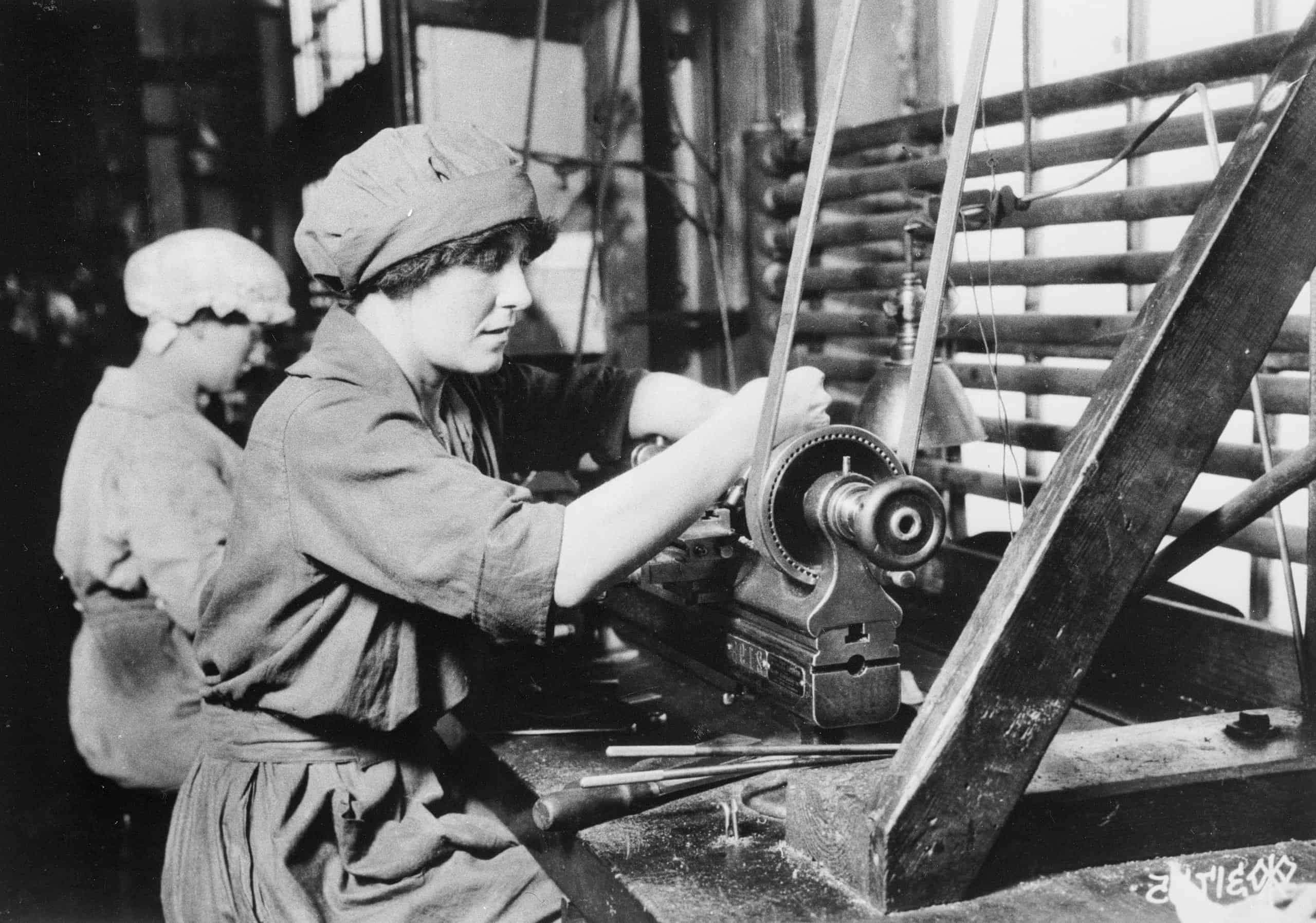
During wartime, women were needed in ordnance plants to keep up with demand for weapons and ammunition. Many continued to work in this department after the war was over.
Swimsuits Looked Much Different Than They Do Today
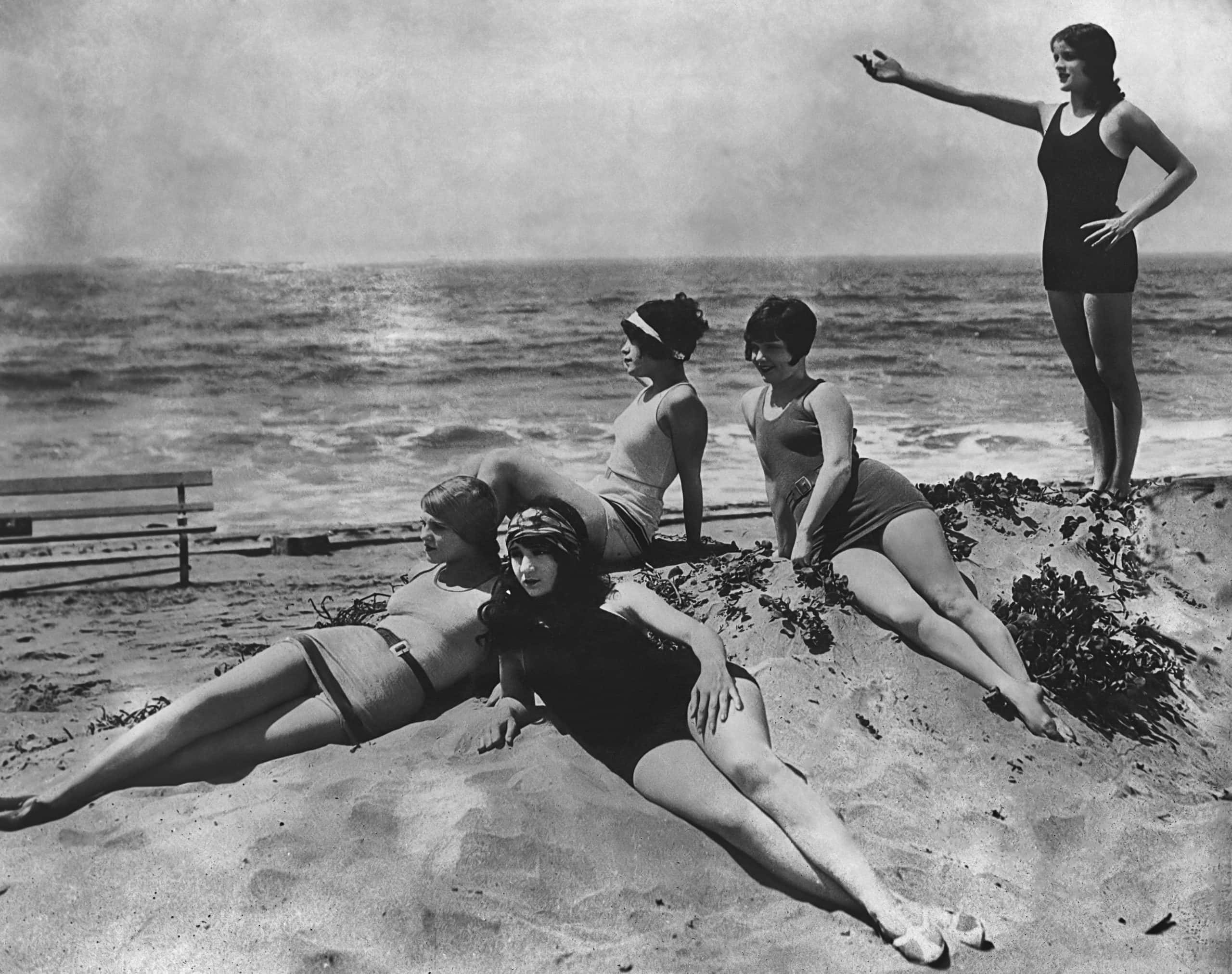
Nowadays, if you go to the beach you’ll see most women wearing bikinis. A hundred years ago, swimsuits looked very different and often included swim belts. These belts were usually worn to keep two-piece swimsuits in place, even in the water.
Women Worked as Waitresses

Waitressing was a popular job for women in the 1920s. In an attempt to advocate for fair and safe work conditions for women, the Women’s Bureau supported laws that impacted these women, such as the law in New York that prohibited female waitresses from working overnight.
Girls Joined the Girl Scouts
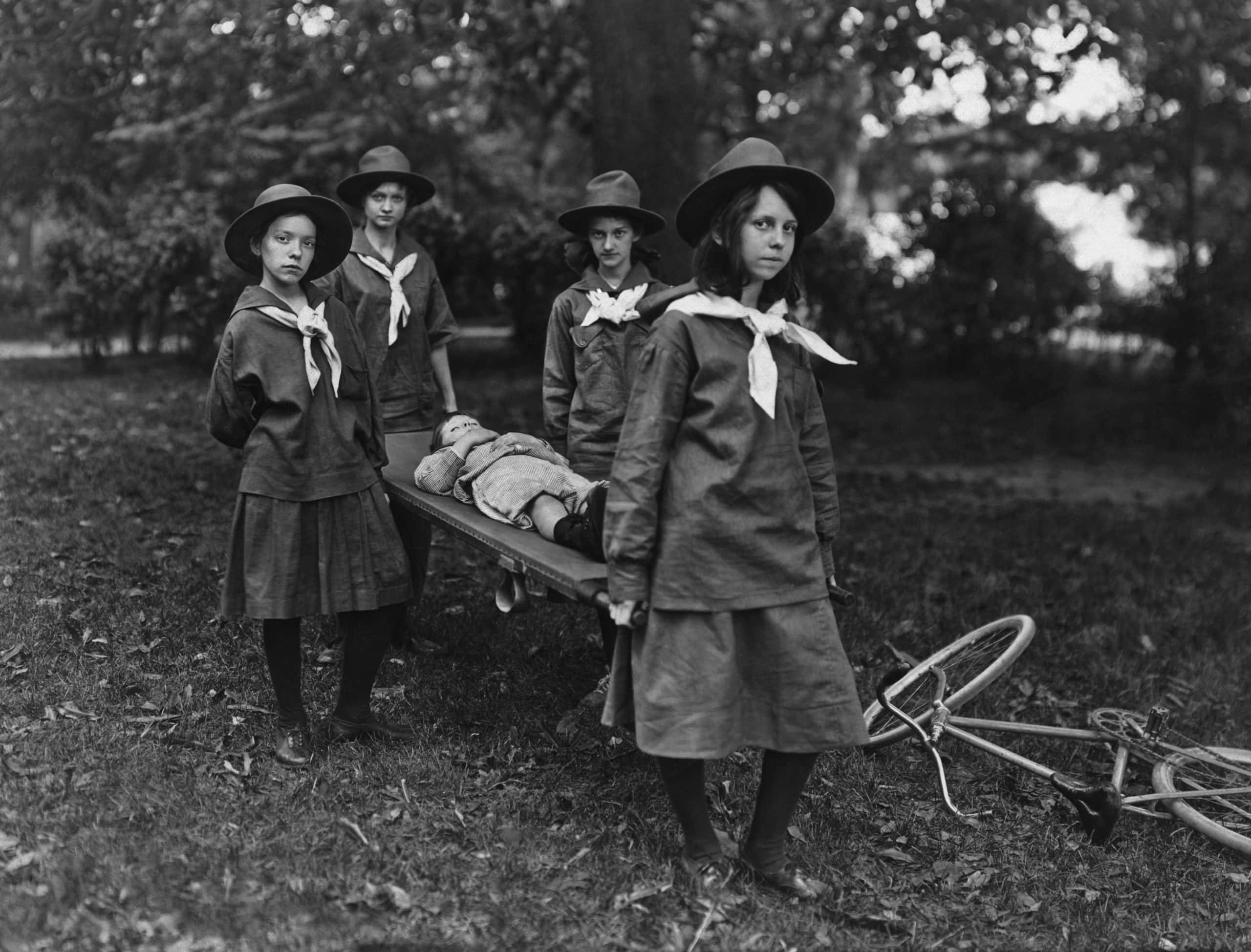
The Girl Scouts were founded in 1912 when the first troop came together. There were almost 70,000 members in the Girl Scouts by 1920 and the organization continued to grow over the years.
Roller Skating was a Fun Pastime
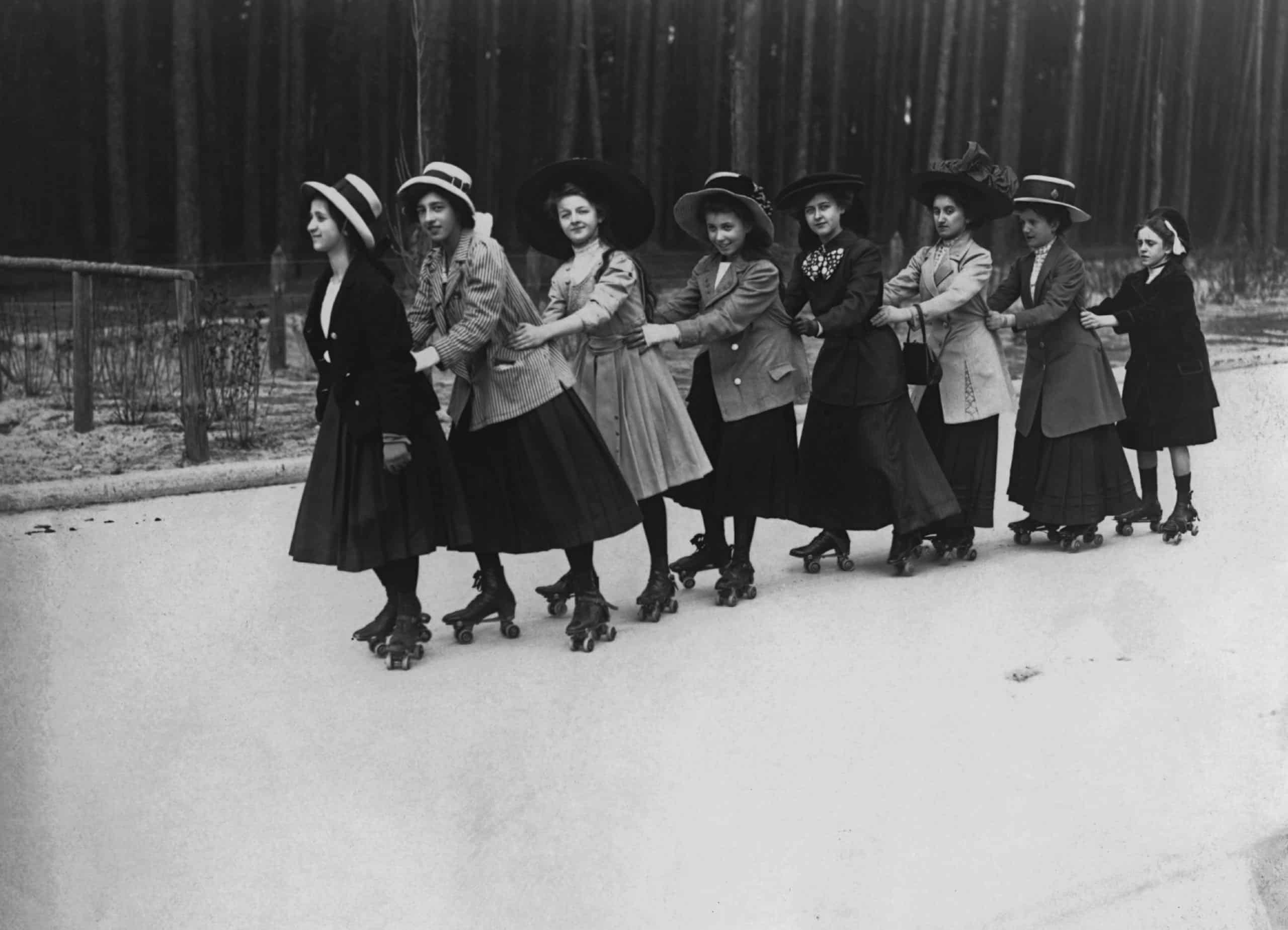
Roller skating has been popular since the 19th century. In 1902, a public skating rink opened at The Coliseum in Chicago, attracting over 7,000 people in one day. Roller skating was still a fun pastime in the 1920s. (Check out these 23 remarkable photos of women’s fitness routines in the 1900s.)